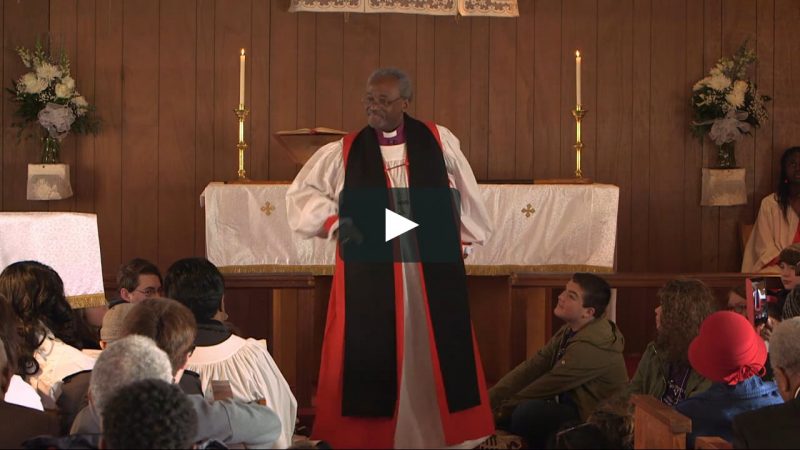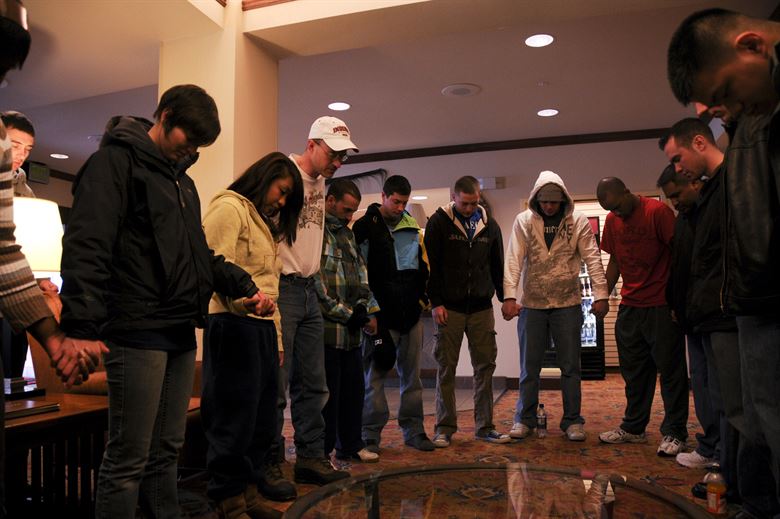In recent years, many people have wondered whether new forms of religious gathering might be replacing traditional gatherings like congregations. As the nonaffiliates – better known as “nones” – become an increasing share of the U.S. population, there is every reason to suggest that many existing congregations may not survive.
But will that simply leave a hole in the social and religious fabric where the congregations used to be? Or will other forms of faith gathering arise in their place?
It may well be the former, but that’s the subject for another day. As for new gatherings, there are indeed interesting things afoot.
A few years ago, a couple of very bright Harvard Divinity School students – Angie Thurston and Casper ter Kuile — set out to document “How We Gather,” and they have continued to explore the possibilities. They looked at everything from dinner gatherings (like the “pop up shabbat” they described for us) to Crossfit and Soul Cycle, and they identified six themes in the gatherings they observed: community, creativity, social transformation, personal transformation, purpose finding, and accountability. Clearly they were onto something.

They have now expanded their work into “Sacred Design” and aim to help “divinely restless and intellectually curious” leaders to create “community and spiritual infrastructure” for the future.” They speak of translating the wisdom of tradition and the strength of institutions into creative new ways of gathering to support belonging, spiritual growth, and social engagement.
Although they were skeptical at first, they are also now convinced that “meaning-making across distance” — through the use of a variety of internet platforms — is possible. They are joining a burgeoning field of groups old and new that “gather” people virtually for everything from ritual to study to mutual encouragement.

But what does any of this mean for brick and mortar traditional congregations?
First of all, it doesn’t mean that gathering in new ways is sweeping the country and replacing congregations. When the latest wave of the National Congregations Study was being developed, researchers tested out questions designed to discover participation in alternative activities and groups that people thought of as spiritual or religious. This was exploratory research based on a very small sample, but what they discovered was that most people who reported activities beyond attending traditional worship services were also participating in a traditional congregation, and the “alternative” activities were mainly based in congregations. And when those people were taken out of the picture, the mentioned alternative gatherings were mainly one-time events like dinners or educational programs, not ongoing groups that could be considered spiritual homes.
That doesn’t mean these new gatherings are unimportant or nonexistent. It just means that they are still pretty nascent and might or might not grow into something big.

That finding echoes much of what we have learned about the presence of religion on the internet.[1] People may use the internet to find a new congregation or to seek new religious information or to keep up with religious groups they support or to find religious compatriots or even to tune in to the livestream when they can’t get to services in person. But they do not generally substitute online participation for in-person belonging.
But that doesn’t mean that a congregation’s online presence is irrelevant.
All of this suggests that people who care about religious gatherings of any sort would do well to pay attention to both old and new, physical and online. A congregation might benefit by convening a focus group to talk about online connections and the many ways members may be gathering to nurture their faith. Rather than worrying about competition, imagine ways new forms of gathering may deepen the life of the community that already gathers in all the traditional ways, as well.
[1] If you are interested in the latest research, you’ll find lots of interesting reading in Religion Online: How Digital Technology Is Changing the Way We Worship and Pray [2 Volumes], edited by August E. Grant, Daniel A. Stout, Chiung Hwang Chen, and Amanda F. C. Sturgill. (Santa Barbara: Praeger, ABC-CLIO, 2019).
Dr. Nancy T. Ammerman is Professor Emerita of Sociology of Religion in the School of Theology and the Sociology Department at Boston University. A longtime member of the Congregational Studies Team, she is Project Director of StudyingCongregations.org

